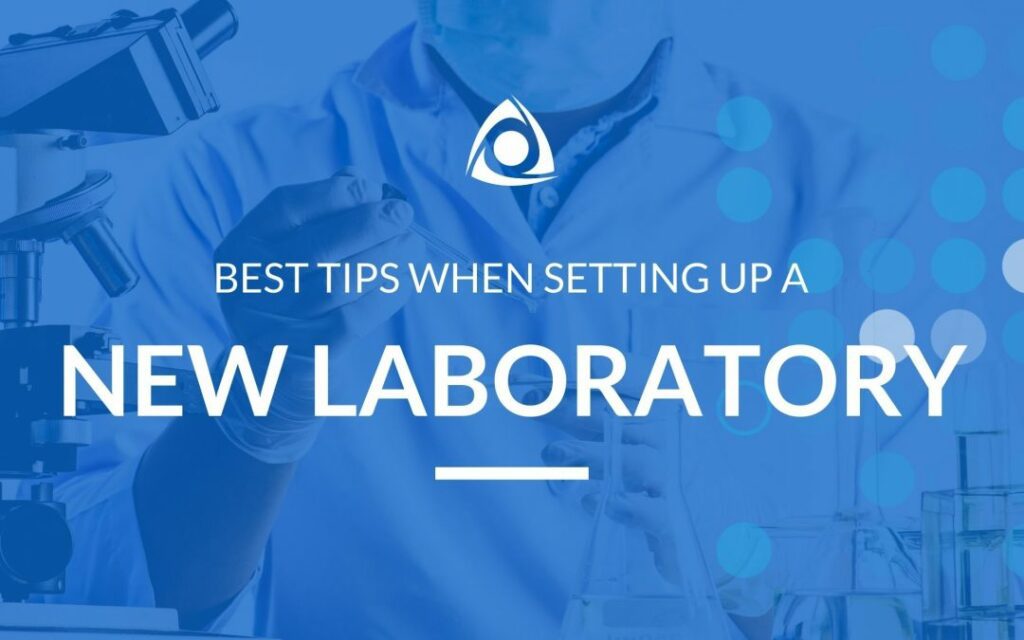
Setting up a safe, functional, and effective new lab can be a daunting task. There are a lot of factors to consider, too, with a new lab setup. You will need a vast collection of equipment, lab furniture, and other things to buy and arrange to get a functional laboratory.
Looking for help from experts to help design and construct a new laboratory in the UK will make the process easier. Here is a list of the best tips to apply when setting up a new laboratory.
Determine the Kind of Work to be Carried Out in the Lab
Whatever work you are going to do in your lab determines the whole setup. The purpose and function of your new laboratory set the course of the task ahead, including the design and the planning required.
Is it a research lab, an analytical lab, or a lab for teaching purposes? The new lab setup will also be influenced by the field you are in. Once the purpose of your lab is specified, it gives a bearing for all other dynamics to be considered when setting up the lab.
For example, if a lab is for teaching purposes, it will differ from a lab set up for professional purposes. You will have to include top benches for taking notes, storage space for books and bags, sinks for washing up, projectors, whiteboards, etc.
Identify the Equipment Needed Early Enough
A laboratory is incomplete without the necessary equipment. It needs the right equipment for it to be functional. Knowing the type of work to conduct in your lab will guide you on the required equipment. You also need to evaluate the equipment size to make sure they fit perfectly in your proposed position area.
With changes in the current climate lab equipment, lab benching, and lab materials are taking longer than usual to be manufactured and delivered. Early planning and deciding on the right equipment can prevent delays in the lab construction.
Determine Furniture Required
Determining the furniture required is a critical new laboratory tip that should not be overlooked. This is because the furniture requirements will affect the layout design of your new lab.
Design the Layout
Remember that the design will determine the overall effectiveness of your lab. This is a crucial process that needs careful planning as it will affect the rest of the work carried out in your lab.
Aim for the best design that will optimize the workflow and maximize your productivity. Consider things like
- How much workspace is required for each individual?
- How many people are sharing the space and resources?
- Where will the equipment be positioned to create room for heat output like sockets and service position for taps and sinks?
- How much storage is required?
You can also design your lab layout in different partitions—for example, private spaces, hazard areas, general populations, and an area for lab technologists.
You can consider things like clear workspaces in your design layout, which offer a seamless workflow, and mobile furniture and workstations for added flexibility.
Consider Chemical Reagents
Depending on the work you are carrying out in your lab, the chemical reagents to be used will determine your worktop choices. There are different lab countertops: moisture resistance, chemical resistance, heat resistant, and abrasive resistance. The chemical reagents used should determine the material to consider for your lab countertops.
Safety Measures
When you are setting up a new laboratory in the UK, you must adhere to the lab safety measures. You will require safety equipment like laboratory fumes extraction systems, fire extinguishers, fire blankets to ensure that the lab is safe.
Conclusion
This article highlights some of the best tips for setting up a new laboratory. If you would like help from experts to help you with your new lab setup, Lab Fit specializes in designing and constructing laboratories of all sizes.
Get in touch with our expert designers today on 0800 193 2006

